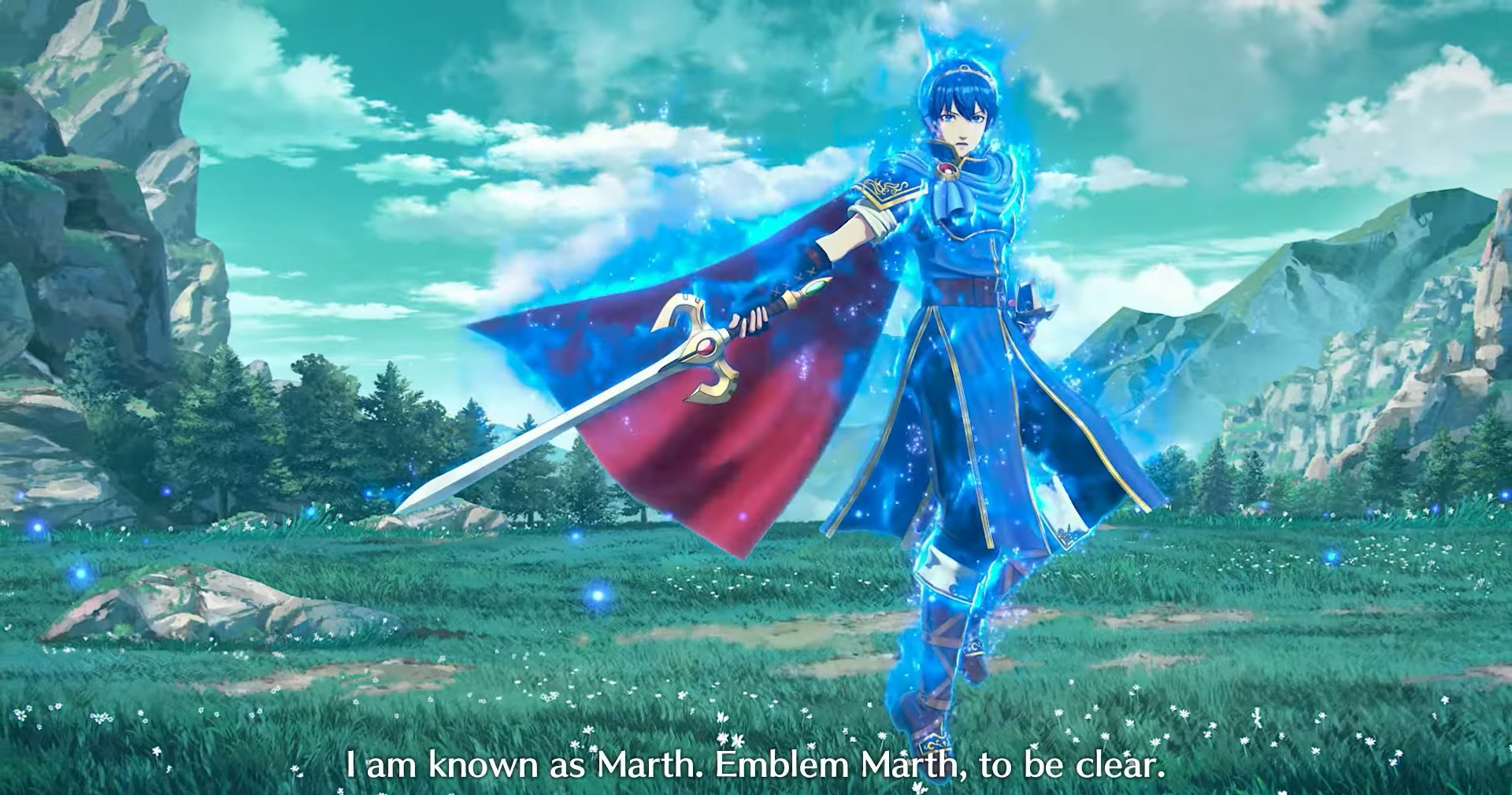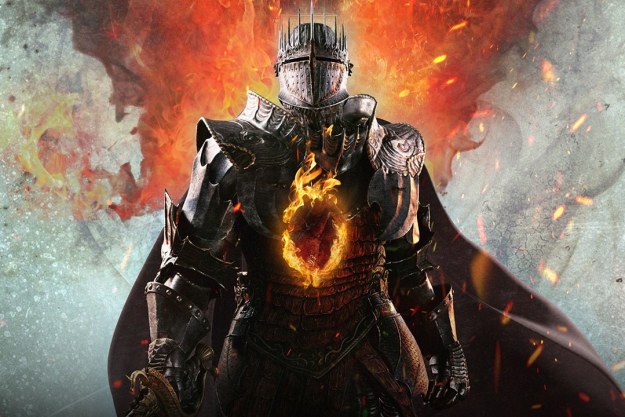Each Fire Emblem title introduces a new twist for either the tactical combat sections of the game or the social aspects. With Fire Emblem Engage, the stars of the show are Emblem Rings, which allow you to equip rings to your units that pair them with a hero from previous titles. These rings give a few stat buffs, but also allow that unit to use some of the skills of that specific hero, more of which unlock as they level up. Normally, those skills can only be used while a ring is equipped, but you do have the option to inherit skills from an Emblem to keep for good. Here’s how skill inheritance works, and which skills are the best ones in Fire Emblem Engage.
How to inherit skills

In order to inherit skills from an Emblem Ring, a few things are required.
First, you need to reach chapter 4 and unlock the Ring Chamber in the Somniel. Second, you need to make sure to have enough Skill Points (SP) to purchase the skill, as well as have at least a Bond level of 5 with whichever Emblem you want to inherit skills from. The higher the Bond level, the more skills open up to be inherited, but also the more they will cost.
Once those requirements are met, you can go to the Ring Chamber and access the pedestal to enter the Inherit Skills menu. This will allow you to browse all the available Emblems and skills you can inherit, plus their SP cost. Skills range from as low as 100 SP all the way up to 2,000 SP to inherit, so think carefully about where you want to spend those hard-earned points.
Keep in mind that each unit can only inherit a maximum of two skills from Emblems. You can always swap them later, but don’t expect to make one superpowered unit this way.
Best skills to inherit

Here are the best skills you should look to spend your SP on for each of the 12 base Emblems in the game.
Marth
Avoid +30: Unlocked at Bond level 19, Avoid is an easy add to any character. It is a flat buff of +30 to that unit’s Avoid stat, meaning there is a huge chance they will simply avoid most incoming damage in combat.
Celica
Holy Stance: This is a bit of a situational skill, but you can get it right away since it is one of her default skills. With it, any damage that unit takes from a Corrupted unit will have 10% of it reflected back onto them.
Sigurd
Canter +: Tactics games are all about managing your positioning and attacks. This skill takes some of that pressure off by letting your unit move up to three spaces after they act. You need a Bond level of 13 to inherit this one.
Leif
Vantage: This is the default level of the skill that you can get right away, but you can upgrade it as stronger versions become available. With it, units will counterattack before the attacker strikes if your unit has 25% HP or less when the fight starts. The higher the level, the less HP loss is needed for the effect to trigger.
Roy
Strength +2: If you’re using Roy, you want to hit hard. Strength +2, well, gives +2 strength. You can access it right off the bat.
Lyn
Alacrity: The speed-focused Emblem gives an amazing skill with Alacrity, which also gets better versions as you level up. By default, you can inherit this skill the moment you reach Bond level 5. This skill makes it so any units that can deal a follow-up attack will do so before the enemy’s counter as long as your speed is nine or more than theirs.
Eirika
Gentility: At the lowest level, this skill simply reduces all incoming damage by three, but can be upgraded all the way to five once your Bond level hits 18.
Ike
Wrath: Requiring a level-13 Bond level, Wrath grants you +1 Crit for the total number of HP the unit you’re attacking has lost (up to a maximum of 30), which is perfect for finishing off slightly wounded foes.
Micaiah
Healing Light: One of the most difficult situations you can find yourself in in Fire Emblem Engage is when you need to decide whether to use your healer to heal another unit or themselves. With Healing Light, that decision is nullified. If you’re using a Staff, any healing this unit does will also heal them for 50% of the amount their target is healed for.
Lucina
Dual Support: A level-13 Bond skill, this will give you a bonus to Avoidance that scales with that unit’s Support level to adjacent allies up to a maximum of +90. Just like Marth’s skill, not getting hit is never a bad buff.
Corrin
Quality Time: The base form can be inherited right away, and absolutely should. After a unit finishes acting, or simply waits, they will heal any adjacent teammate’s HP by 5, plus increase Support. The higher-level version that you can get after Bond level 18 increases that healing to 10 HP.
Byleth
Mentorship: The former professor from Three Houses continues being an inspiration with their initial Mentorship skill you can inherit right at Bond level 5. Once acquired, that unit will always have a 1.2X experience multiplier, which also applies to any adjacent allies. While situational on how well it will work for other units, simply getting that XP multiplier on one unit as early as possible will make power-leveling them much easier.
Editors' Recommendations
- The best Among Us mods
- Best gaming console deals: cheapest prices on PS5, Xbox S and X and Switch
- The best skills to buy first in Another Crab’s Treasure
- The best skills for each Vocation in Dragon’s Dogma 2
- The best accessories in Rise of the Ronin



